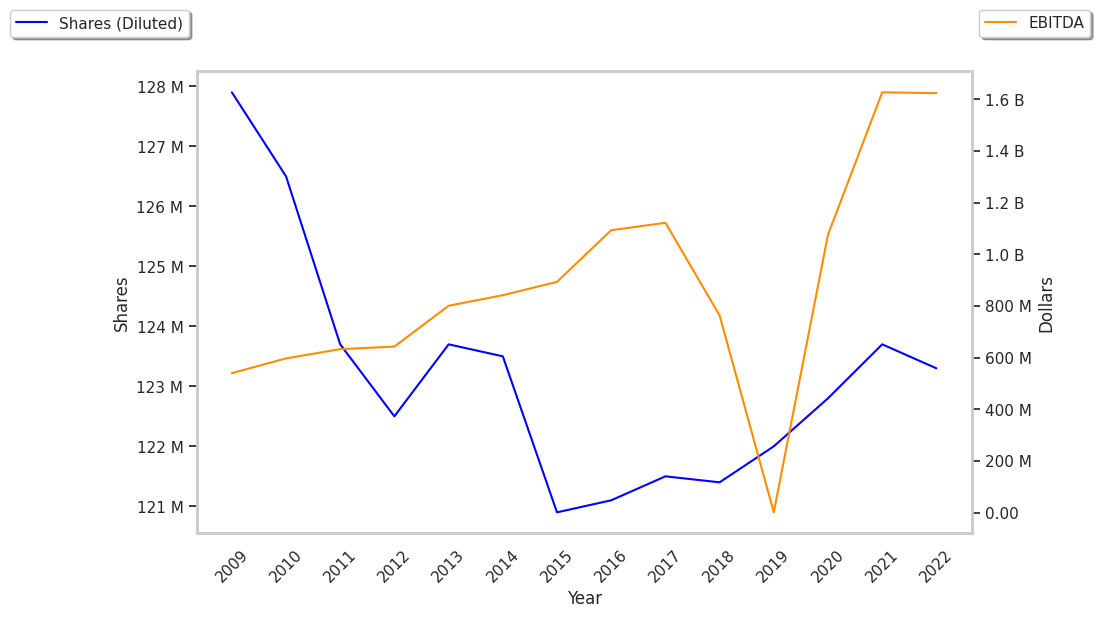Diversified Financial company Equifax is taking Wall Street by surprise today, falling to $281.85 and marking a -4.0% change compared to the S&P 500, which moved 1.0%. EFX is -10.82% below its average analyst target price of $316.06, which implies there is more upside for the stock.
As such, the average analyst rates it at buy. Over the last year, Equifax shares have outstripped the S&P 500 by 28.8%, with a price change of 61.1%.
Equifax Inc. operates as a data, analytics, and technology company. The company is included in the financial services sector, which includes a wide variety of industries such as credit services, mortgage, banking, and insurance. Owing to this variety and the fast pace of innovation within these industries, investors may struggle to make sense of this sector.
As evidenced by the financial meltdown of 2008, seemingly healthy financial services companies — from insurers to investment banks — may see their market value plunge to zero in a matter of months. While the financial crash was likely a once-in-a-generation event, it highlights the volatility that is inherent to the sector. Financial innovation creates opportunities, but also new types of risk that investors and even the companies themselves may not fully understand.
Equifax's trailing 12 month P/E ratio is 60.4, based on its trailing EPS of $4.67. The company has a forward P/E ratio of 29.5 according to its forward EPS of $9.57 -- which is an estimate of what its earnings will look like in the next quarter. As of the third quarter of 2024, the average Price to Earnings (P/E) ratio for US finance companies is 20.04, and the S&P 500 has an average of 29.3. The P/E ratio consists in the stock's share price divided by its earnings per share (EPS), representing how much investors are willing to spend for each dollar of the company's earnings. Earnings are the company's revenues minus the cost of goods sold, overhead, and taxes.
It’s important to put the P/E ratio into context by dividing it by the company’s projected five-year growth rate. This results in the Price to Earnings Growth, or PEG ratio. Companies with comparatively high P/E ratios may still have a reasonable PEG ratio if their expected growth is strong. On the other hand, a company with low P/E ratios may not be of value to investors if it has low projected growth.
Equifax's PEG ratio of 1.95 indicates that its P/E ratio is fair compared to its projected earnings growth. Insofar as its projected earnings growth rate turns out to be true, the company is probably fairly valued by this metric.
When we subtract capital expenditures from operating cash flows, we are left with the company's free cash flow, which for Equifax was $515.5 Million as of its last annual report. Over the last 4 years, the company's average free cash flow has been $383.88 Million and they've been growing at an average rate of 31.3%. With such strong cash flows, the company can not only re-invest in its business, it can afford to offer regular returns to its equity investors in the form of dividends. Over the last 12 months, investors in EFX have received an annualized dividend yield of 0.5% on their capital.
Value investors often analyze stocks through the lens of its Price to Book (P/B) Ratio (its share price divided by its book value). The book value refers to the present value of the company if the company were to sell off all of its assets and pay all of its debts today - a number whose value may differ significantly depending on the accounting method. Equifax's P/B ratio is 7.42 -- in other words, the market value of the company exceeds its book value by a factor of more than 7, so the company's assets may be overvalued compared to the average P/B ratio of the Finance sector, which stands at 1.86 as of the third quarter of 2024.
Equifax is likely fairly valued at today's prices because it has a higher P/E ratio than its sector average, a higher than Average P/B Ratio, and generally positive cash flows with an upwards trend. The stock has mixed growth prospects because of its decent operating margins with a positive growth rate, and an inflated PEG ratio. We hope this preliminary analysis will encourage you to do your own research into EFX's fundamental values -- especially their trends over the last few years, which provide the clearest picture of the company's valuation.



